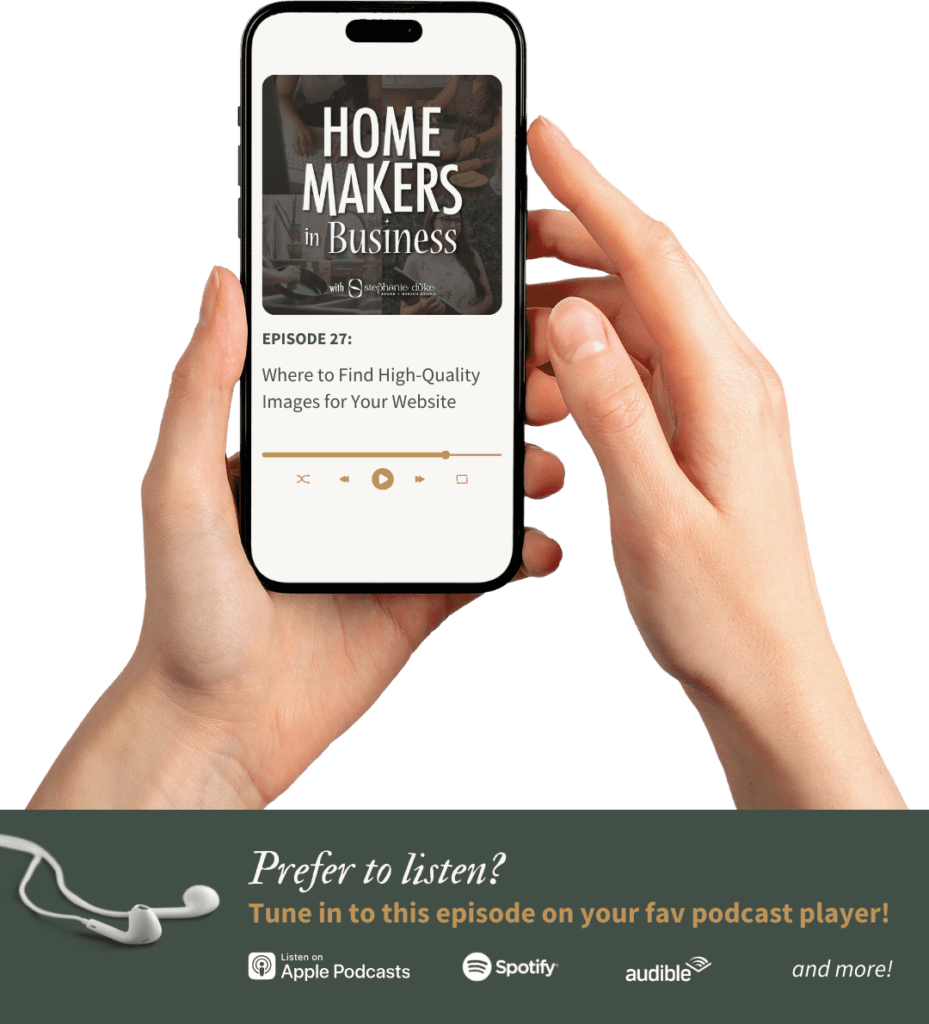Where to Get High-Quality Images for Your Website
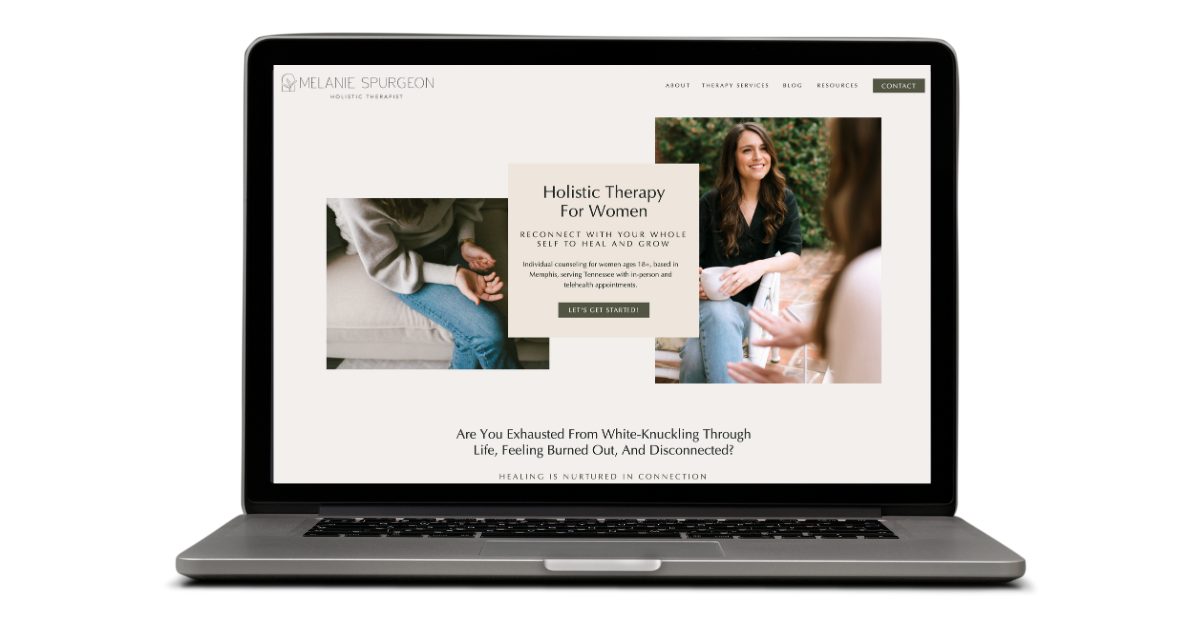

If you’ve grown weary of witnessing the same images saturating your industry’s websites and marketing materials, you’re in the right place. We’re stepping beyond the conventional recommendations for free stock photography websites, providing you with insights that will genuinely elevate the quality and allure of your website.
I’ll start by emphasizing the significance of integrating high-quality images into your website, guide you on planning the types of images your site needs, and conclude with valuable suggestions on where to discover these top-notch visuals. Stay tuned for some lesser-known recommendations that could revolutionize your website’s visual appeal.
The importance of high-quality images in website design
Regardless of your learning style, the majority of people are visual creatures. We absorb information more quickly and easily through imagery than we do text or audio. 80% of everything humans learn comes from visual stimuli.
It should come as no surprise then that images have a large impact on your website’s success. You can’t just flippantly throw some free stock images and iPhone photos up on your home page and call it a day. To create the most impactful website possible for your brand, you need to be as intentional about your image choices as you are about your brand identity and copywriting.
That’s the website trifecta. High-quality images, brand identity, and copywriting. Get these three components right and your website will be set up for conversion.
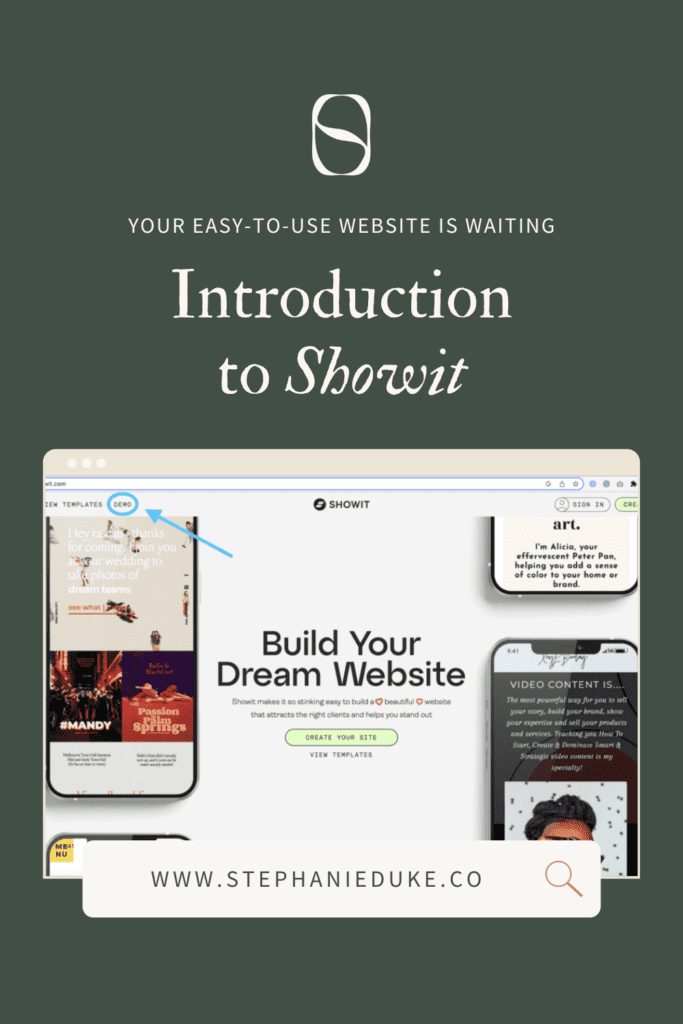
A couple of additional ways high-quality images impact your website:
- They help create a confident first impression with new website visitors and invite them to engage with your content
- High-quality images increase aesthetic appeal, creating a more emotive connection
They help create a confident first impression with new website visitors
First impressions matter, especially online. We are constantly inundated with information, advertisements, entertainment, and more.
When a visitor makes it to your website, you have just seconds to capture their attention. You need to ensure that the first image or set of images is intriguing to your ideal audience if you don’t want them to click the back button immediately.
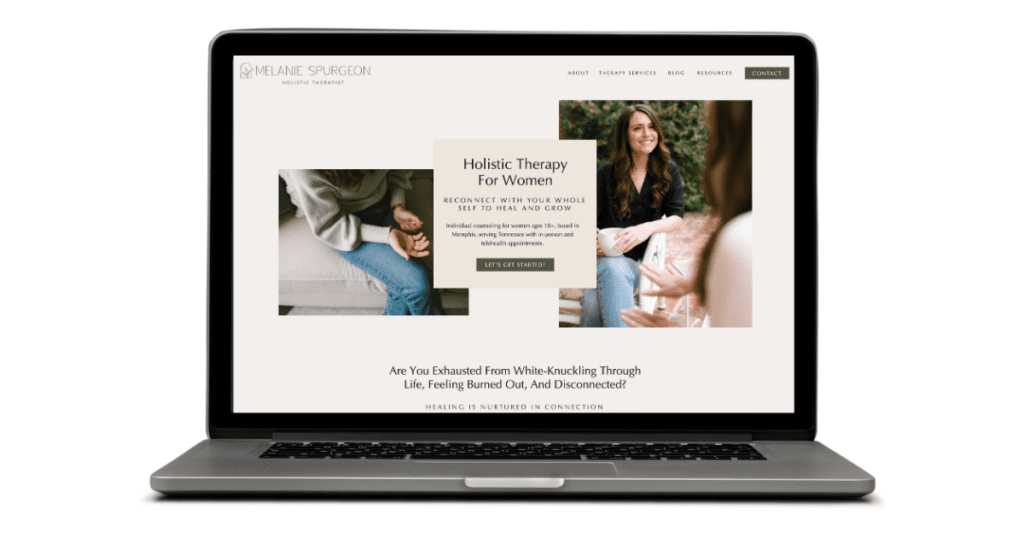
High-quality, visually appealing images quickly build trust and humanize your brand. A website that looks professional and well-designed gives your visitors confidence, making them more likely to interact with your content and make a purchase.
High-quality images increase aesthetic appeal, creating a more emotive connection
Articles with images get 94% more total views than articles with no images. I’d say that’s attention-grabbing!
We must also remember, however, that not just any image will do. It needs to be the right image for the content and the audience. It needs to improve the aesthetic appeal of the particular page it’s on and enhance the overall brand story.
In the past, website designers have focused on functionality over beauty, however, it’s now important to maintain a balance between the two. A functional and aesthetically pleasing website to the intended viewer can captivate and quickly turn them into a raving fan.
Planning what high-quality images you need
Now that you know a little more about the major role images play in your website game plan, let’s explore what types of photos you’ll need for your website.
The exact shots you need will be specific to your particular business. However, I’ll include the major groupings that the majority of businesses utilize.
Brand images
Brand images are pictures of you, your team, your clients, and anyone else involved in your business, as well as shots of your work. You typically get these from brand photoshoots.
More specifically brand images can include headshots or portraits, your creative process, customer journey, workflows, client process, behind-the-scenes, lifestyle content, on-brand detail shots, and other storytelling imagery.
I find it super helpful to look on Pinterest, Instagram, and other visual platforms where photographers and business owners share content to look for shot and composition inspiration. You never want to directly copy someone else, but just be aware of what your specific business may need images of to convey your brand well.
If you don’t invest money in any other type of imagery, I highly recommend investing in at least one brand photoshoot to capture the most important aspects of your business. If you’re a personal brand, this may be a few headshots for your profile pictures and About page and some in-office shots of you working. If you’re a restaurant owner, this may be images of your cooks and servers in action.
The most important image on each website page is the hero image. This is the first image a visitor will see when they land on your website. If you only have a handful of high-quality custom brand photos, I recommend using them as your hero images. They will connect with your intended audience better than any other image.
Background images
Background images are subtle images used to enhance the visual quality and depth of your website. Think textures, organic patterns, gradients, and even B-roll type images.
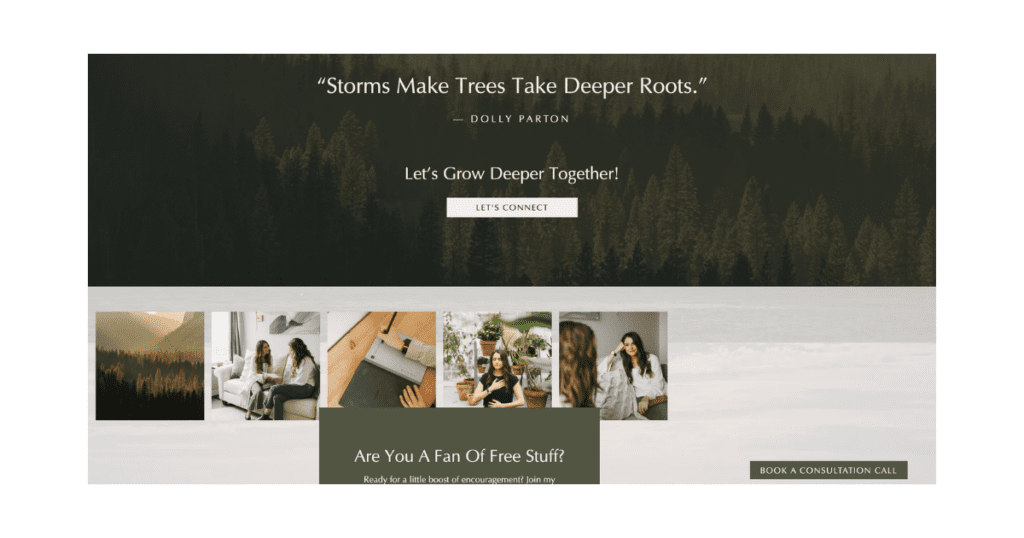
These images help to build out your brand’s world online. Alongside custom-designed patterns and textures, background images help to give your designs depth and character.
Product/service images
Product/service images kind of fall into the same category as brand images, but if you’re selling digital or physical products, you need even more shots of those products than you do shots of yourself.
The best-case scenario would be using a mix of your own images from a brand photoshoot with high-quality stock photos from a paid subscription. I say this because paid stock images are less widely used compared to free ones. And images from a brand photoshoot are 100% unique to you!
By no means am I saying that you need to pay for every image you use on your website. There is a time and place for free stock photography. For instance, if you want a white paper background texture, there are dozens of those images available for free use and nobody is going to know it’s the same image as Joe Smoe’s.
Free Sources: Unsplash, Pixabay, Pexels.
So to plan what images you need, you’ll first need to write the copy for your website, which I covered how to do in this article. I highly encourage you to go give that episode a listen and download the guide from the show notes. They’re great resources.
Where to find high-quality images
By now you know that high-quality imagery is important to your website’s success and you know what types of images you need for your business. Now where do you find these images? I’m glad you asked!
Paid stock photography websites
Paid stock photography is an expense, but a worthy one if having more exclusive imagery is important to your brand. Paid stock photography will typically include more diversity, better camera angles, higher-quality editing, and multiple images from the same photoshoot giving you more options.
There are dozens of paid stock photography websites out there, but some of my favorites are:
I would also recommend checking out your favorite independent photographers to see if they sell their own stock images! All of the mentioned websites are linked in the blog and show notes for your convenience.
You may be wondering how purchasing stock photos works if you’ve never done it before. Most of these sites run on monthly subscriptions. You pay a monthly fee for a certain number of image downloads and it renews each month.
Friends and Family
If you have a friend or family member who’s a talented hobby photographer, see if you can’t purchase some images from them. They may be willing to give them to you for free, but it would be kind of you to offer to pay them.
Hobby photographers likely have USB drives full of photos that they aren’t doing anything with. Who knows, you may even inspire them to take their hobby to the next level!
This is an almost guaranteed way to have unique supplemental photography that nobody else has access to.
Brand photoshoots
The best-case scenario would be to have a photo vault full of custom brand photography. With the help of a creative photographer, you can develop a photography bank full of custom storytelling imagery that does a lot of the heavy lifting for you. These photos will be unique to your brand, incorporating your brand colors, and important props, and expressing your unique selling points, and everything else we discussed earlier. Stock photography, paid or not, simply cannot do that.
I’ll continue to encourage you to invest in at least one brand photoshoot early on in your business. It will make building your website and brand so much easier in the long run.
The Recap
Let’s quickly recap what we learned today. First, we learned about the impact high-quality images have on not just your website, but your brand reputation. They help create a confident first impression with new website visitors and increase aesthetic appeal, creating a more emotive connection with your audience.
And don’t forget the website trifecta. High-quality images, brand identity, and copywriting. Don’t dismiss these high-impact elements of your website. They will make all the difference!
Next, we learned about the types of images you need on your website. This includes brand images like team photos, your creative process, and lifestyle content, background images like textures and gradients, and finally product or service images.
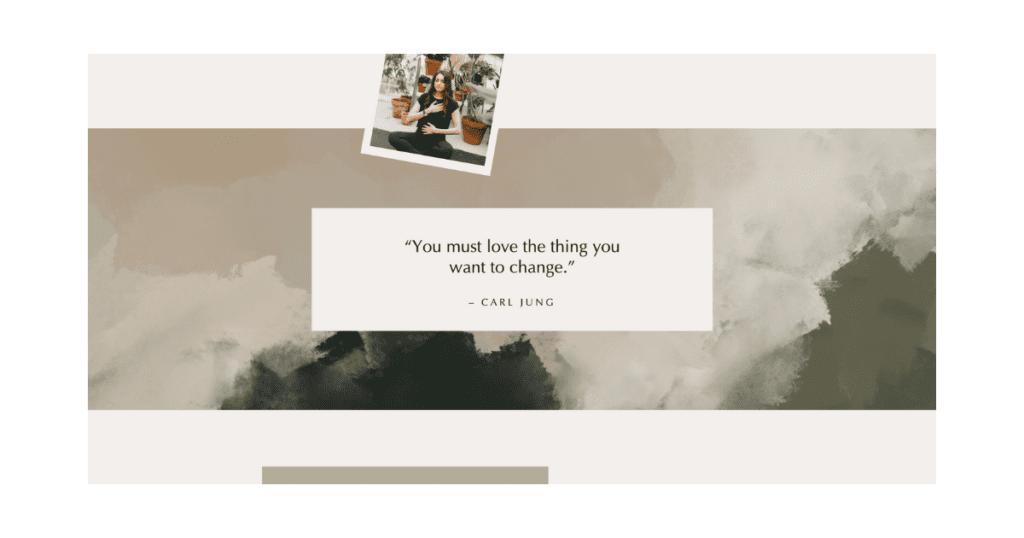
We learned that you can find high-quality images for your website on paid stock photography websites such as Haute Stock and Adobe Stock, from friends and family, and brand photoshoots. If you’re a skilled photographer yourself, you can even take some of your own photos.
Paid Stock Photography Websites:
Free Stock Photography Websites:
Additional Resources:
- Homemakers in Business Podcast episode #22: Website Planning 101
- Download the step-by-step Website Content Planning Guide
I’m Stephanie, but you can call me Steph!
I design brands & websites that get you butterflies-in-your-stomach-excited about your business again.
Simply put, I’m a graphic designer that specializes in brand identity design and Showit website design - arguably the most important aspects of your business! I live in central Alabama with my high school band directing hubby, Thomas, on our modest homestead in the country.
your guide to a stress-free website
FREE Website Planning Tool
- My exact Website Copy Planner Google Doc
- A master doc for keeping track of links and embed codes
- Loads of tips and tricks for planning website content (copy, photos, branding, etc) with ease
